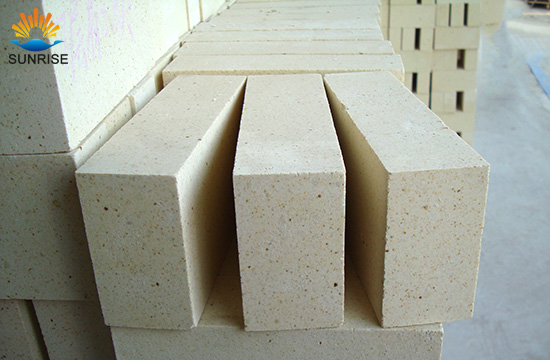Product Search
Quickly find the product you need
Products List
Refractory Knowledge
- the development of the refractory brick i
- Thermal Shock Resistant Fireproof Heat In
- Production Process Methods of Refractory
- Pollution and treatment in the production
- The Use of Mullite Insulation Bricks
- Manufacturing process of fire clay insula
- Refractory material production process
- Classification of mullite insulation bric
- Aggregates Used For the Production of Ins
- Pros and cons of lightweight mullite bric
Products List
- Phone:0086-370-63838939
- Email:sales@sunriserefr.com
- Office Address: No.36 Fengchan Road Of Zhengzhou, Henan, China (Mainland)
The Manufacturing Process of Silica Insulation Brick
Date:2015-12-15 15:52 | From:Zhengzhou Sunrise Refractory | Author:admin
Silica insulating brick has low bulk density, low thermal conductivity, and high apparent porosity. It is widely used for the insulation of the low temperature parts of blast furnaces, waste incinerators and glass furnaces.

The silica insulation brick is mainly made by adding combustibles. It is made of crystal silica as raw material by adding anthracite coal powder and coke, or sometimes coke (or anthracite coal powder) and sawdust. The combustibles are added in an amount of 30-35%, with an ash content of less than 10-15%.
The mixing of the raw materials, similar to that of the common silica brick, is in a wheel grinding machine. The lime is added in an amount of 2-2.5% and pulp waste is 1.0% (dry weight). Since the ash of coke and anthracite coal powder will introduce Al2O3·Fe2O3. So, iron phosphate is not necessary in the ingredients as it may affect the high temperature performance of the products.
The moisture content of the pressed standard bricks should be controlled within 8-9%. The density of the green is 1.7-1.9 g/cm3.
The drying and firing of the silica insulation brick are similar to those of the common silica brick. When placed into the kiln, the green should be put on the top of the bricks or in the cage built with silica bricks.
Its mineral composition is 78-86% tridymite, 13-15% cristobalite and 4-7% silica.
Since the silica insulation brick has a high softening temperature under load and a small amount of residual expansion, it can be used at high temperature for a long time. It has better thermal stability than dense silica brick, but cannot directly contact slags and be sharply cooled.

